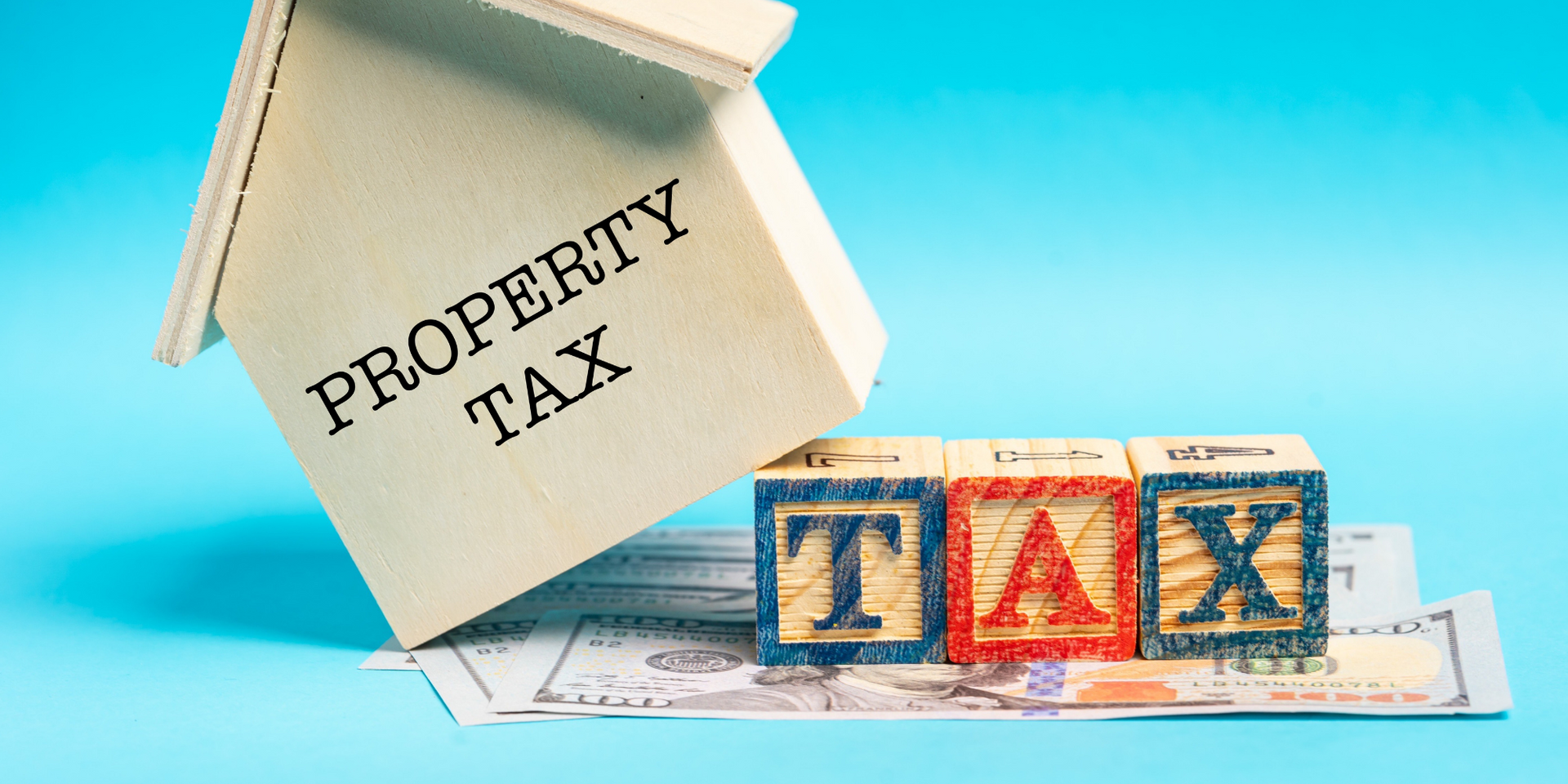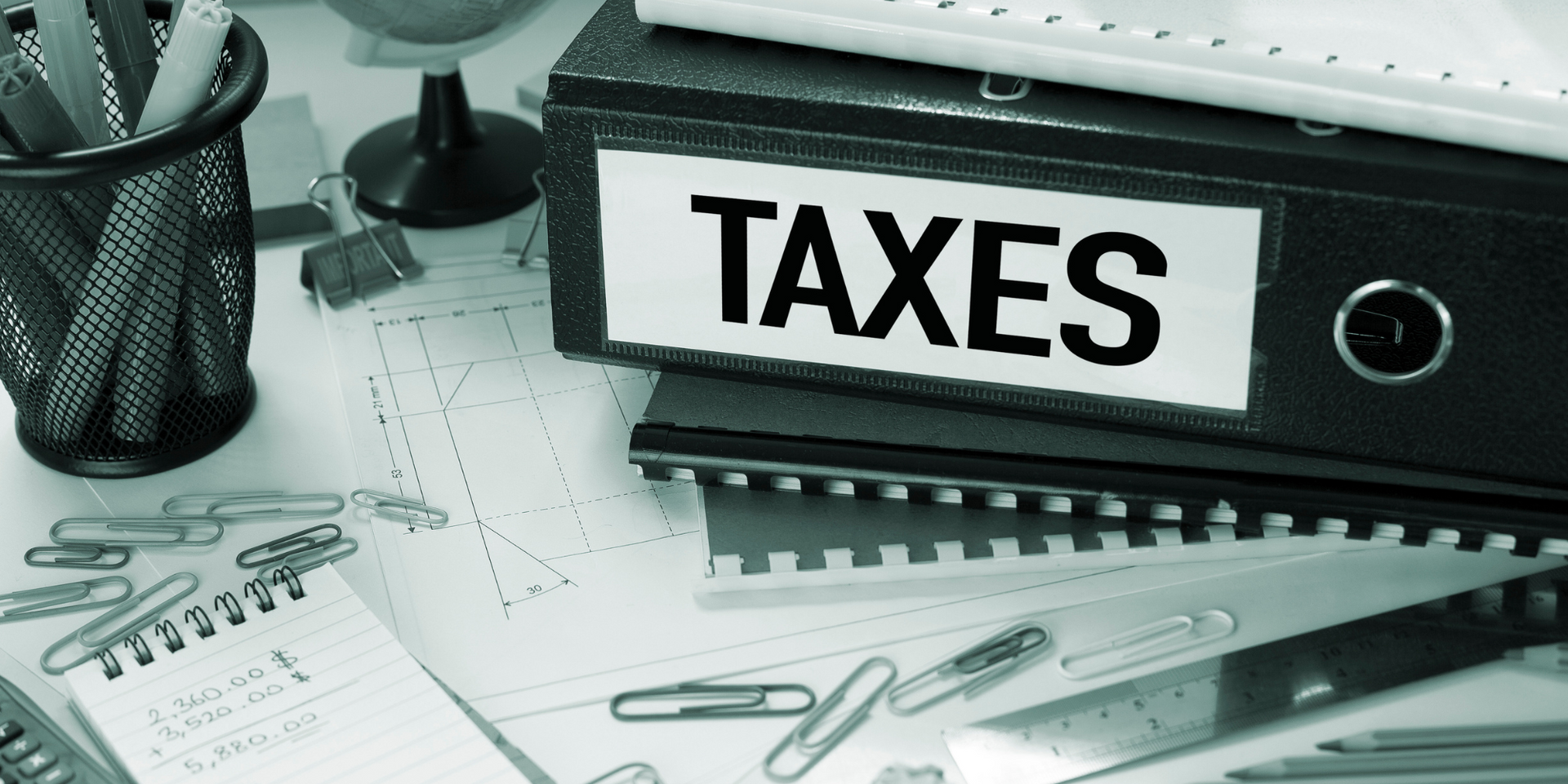Understanding the Multigenerational Home Renovation Tax Credit: What You Need to Know
Thinking of making home improvements to accommodate grandma and grandpa? The government’s new Multigenerational Home Renovation Tax Credit (MHRTC) might be just what you need. This program provides financial support to cover the costs of renovating your home to create a separate living space, often called a secondary dwelling unit, for eligible family members.

Here’s a comprehensive guide to help you understand the MHRTC and how you can take advantage of it.
What Are Multigenerational Homes?
Multigenerational homes are residences where two or more generations of adults live together. This trend is increasingly common due to rising housing costs and the need for additional care for aging relatives. Creating a secondary dwelling unit essentially a self-contained living space within your home - can offer a private area for your family member, including their own entrance, bedroom, kitchen, and bathroom.
What Is the Multigenerational Home Renovation Tax Credit?
Introduced in the 2022 federal budget, the MHRTC helps offset the costs of renovations specifically for building a secondary dwelling unit for qualifying relatives. You can claim 15% of your renovation costs, up to a maximum of $7,500, for expenses incurred on or after January 1, 2023.
Who Is Eligible for the MHRTC?
To qualify for the MHRTC, the secondary dwelling unit must be for a relative who is:
- 65 years of age or older by the end of the taxation year in which the renovation occurs.
- Between 18 and 64 years old by the end of the taxation year and qualifies for the disability tax credit.
- The cohabiting spouse or common-law partner of the qualifying individual.
- A parent, grandparent, child, grandchild, sibling, or other close family member who is at least 18 years old by the end of the year.
Note: Only one renovation cost can be claimed per family member over their lifetime.
What Are Eligible Renovation Expenses?
Eligible expenses include:
- Building materials
- Equipment rentals
- Labour from professionals like electricians and plumbers
- Permits
Ineligible expenses include:
- Your own time, labour, or tools
- Outdoor maintenance or gardening
- Household appliances
- Security monitoring
- Expenses without receipts
Are Home Renovations Tax Deductible in Canada?
Yes, home renovations can be tax-deductible for seniors and individuals with disabilities who improve accessibility and safety in their primary residence. While the MHRTC is a federal credit, provincial credits, like those in British Columbia, may also be available.
What About Provincial Credits?
- Ontario: The provincial home renovation tax credit is no longer available.
- British Columbia: You can claim up to $10,000 in eligible expenses for a maximum credit of $1,000 per year if you live with a senior or are a senior yourself. The renovations must improve mobility or reduce injury risk.
Claiming the MHRTC
To claim the MHRTC for renovations completed in 2023, file your claim on line 45355 of your T1 General Tax Form. Keep detailed records of all invoices and receipts, including:
- Descriptions of goods and services
- Vendor details (names, addresses, GST/HST numbers)
- Dates of purchase and completion
Final Thoughts
Renovating to accommodate a multigenerational household can be costly, but the MHRTC can provide significant relief. Make sure to gather all necessary documentation and file your claim to get up to $7,500 back when you submit your tax return.
Key Takeaways
- Tax Credit Amount: The MHRTC offers up to $7,500 for renovation costs incurred from January 1, 2023, onward.
- Purpose: The credit is designed to help offset expenses related to building a secondary dwelling unit for qualifying family members.
- Eligibility: To claim the credit, you must construct a secondary dwelling unit for a senior family member or someone aged 18 to 64 who qualifies for the disability tax credit.











